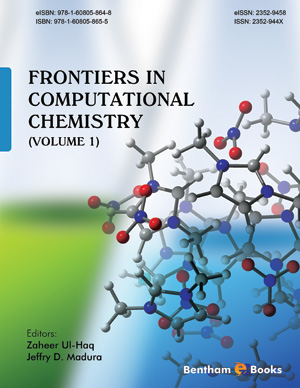Abstract
The UNited RESidue (UNRES) force field has been developed for over two decades. This force field has been derived carefully as a potential of mean force of the system studied, which is further expressed in terms of the Kubo cluster-cumulant functions. New terms in the energy function to improve loop structures have been introduced recently. On the other hand, new concept was developed, in which wave-analysis physics is applied to the protein folding problem. At present, the energy function is based on the Landau Hamiltonian, the minima of which are stable conformations of protein fragments; these minima are obtained as kink solutions of the Discrete Nonlinear Schrödinger Equation. The parameters of the Hamiltonian have been obtained by statistical analysis of known protein structures. The unique feature of this approach is that the curvature description is sufficient for protein folding without any long-distance interactions other than the excluded-volume interactions. The combination of those two methodologies - molecular dynamics with the use of physics-base UNRES force field and the kink approach have been applied to study the flexibility and movement of the kinks as well as their formation and disappearance in the folding process.
Keywords: UNRES, force-field, Davydov soliton, dark soliton, molecular dynamics, energy landscape, Landau Hamiltonian, gauge inverse, physics-based, cumulant-cluster expansion, mean-force potentials, loop structures, wave-analysis physics, protein flexibility, kink formation, kink disappearance, kink movement, folding pathways, local interactions.






















